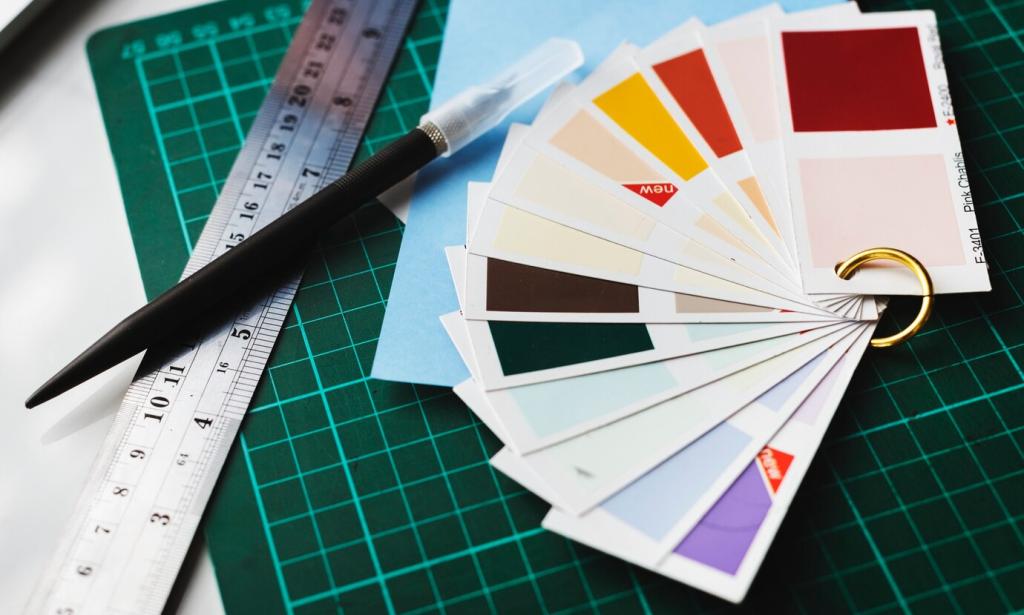Budgeting Beyond the Bid
An elegant synthetic cedar may cost more initially but avoid frequent staining and replacement costs common to natural wood. Over fifteen years, fewer service calls and steadier appearance can balance the budget. Sketch your timeline, then compare total ownership costs to choose the right shingle type without surprises later.
Budgeting Beyond the Bid
Reflective shingles can assist with cooling loads in hot regions, and impact-resistant options sometimes earn insurance incentives in hail belts. Always verify local rebates and policy rules. Combine these with proper ventilation for real-world benefits. Share your utility or insurer questions, and we’ll point you toward smarter choices that fit your budget.







